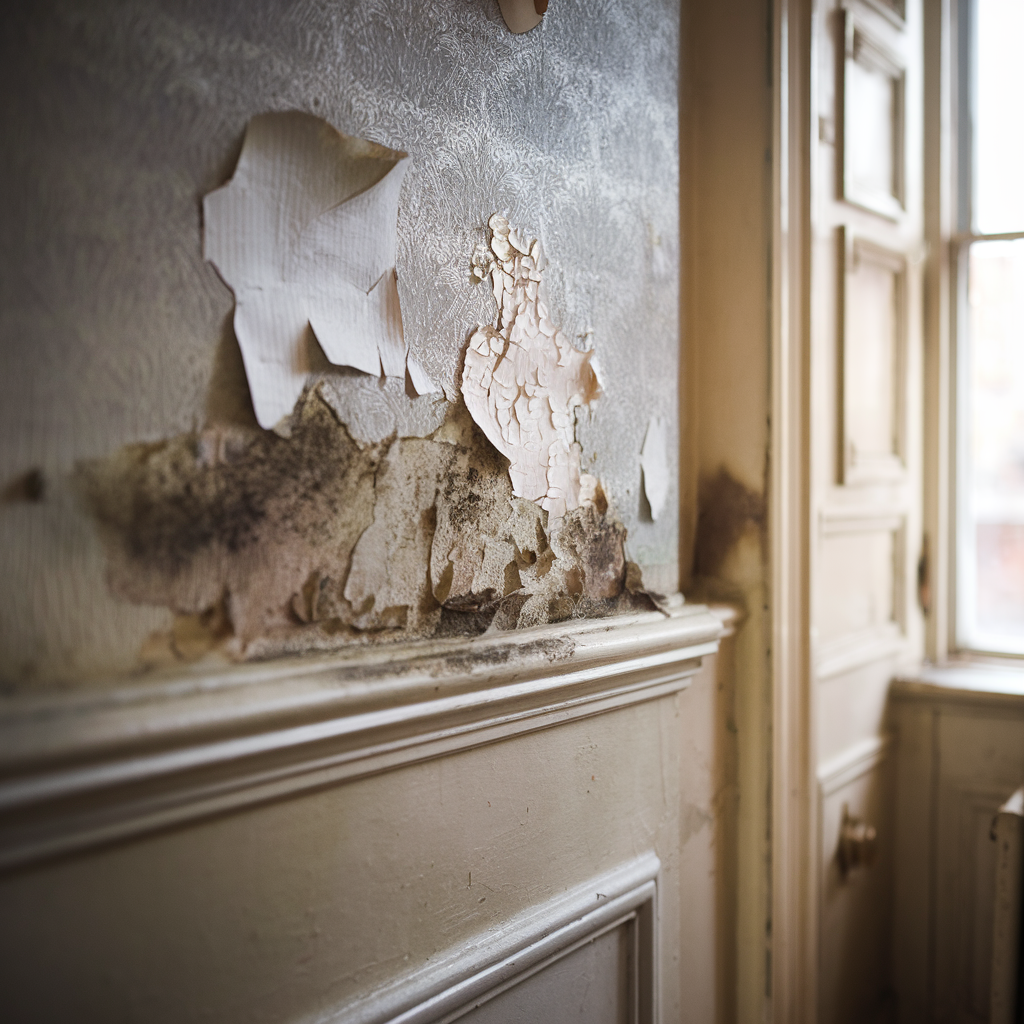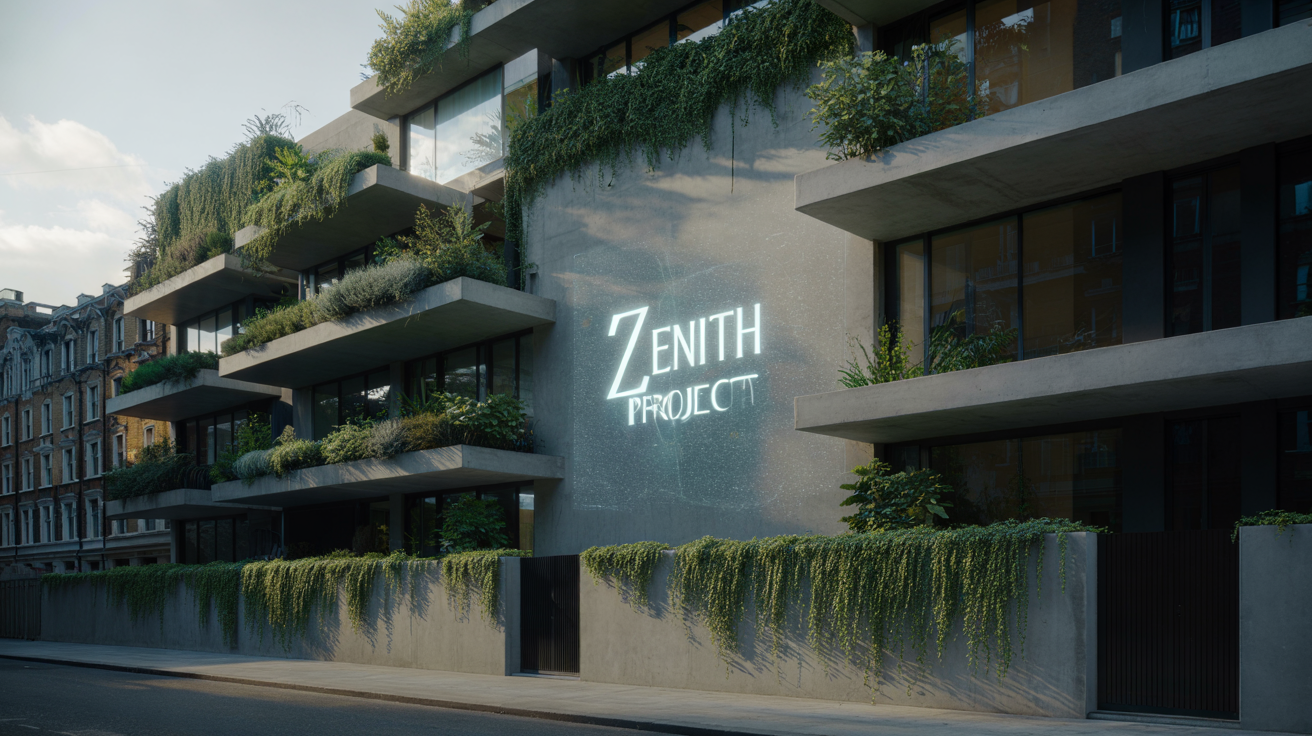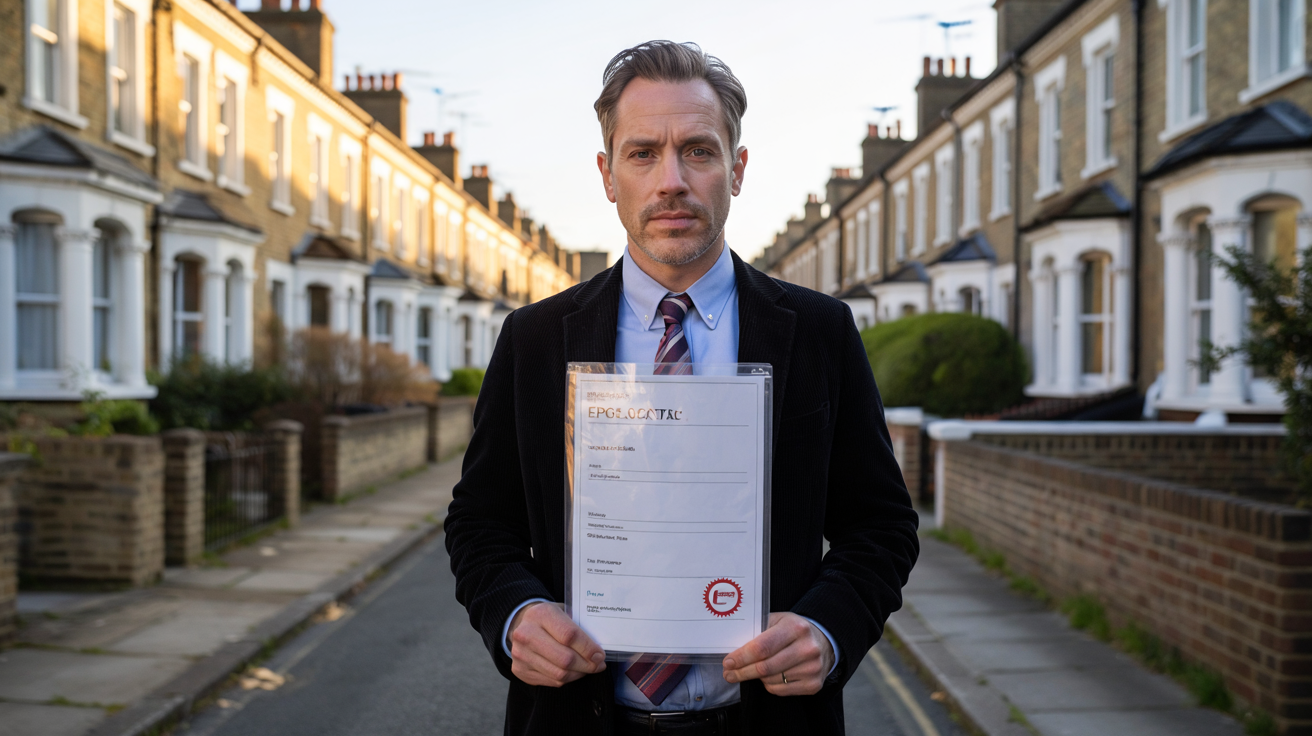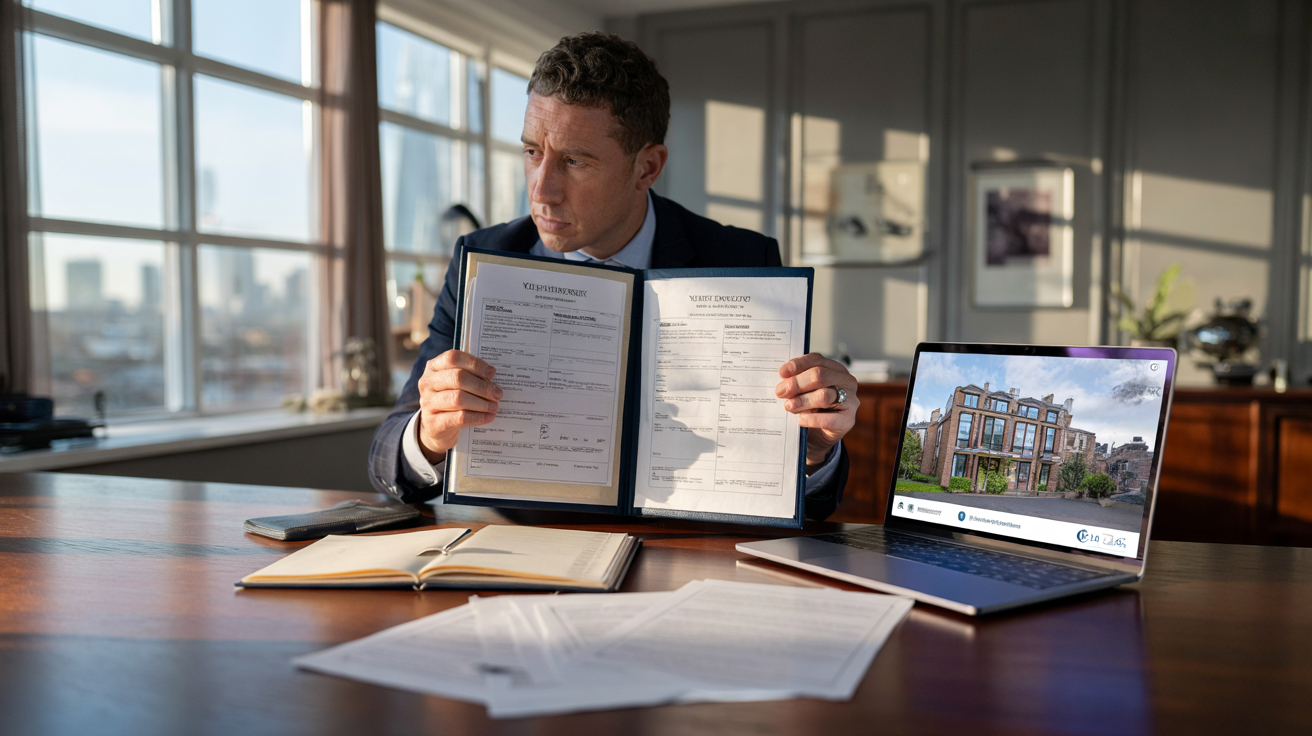Damp mould is more than an eyesore—it’s a quiet threat to your property’s value. Landlords often overlook early signs like stained walls or musty smells. Yet these minor symptoms can point to deeper building moisture problems value and trigger long-term consequences.
When left untreated, dampness affects major structural elements such as timber frames, plaster, and insulation. This damage doesn’t just bring costly repairs—it contributes directly to property devaluation moisture problems. Buyers and surveyors view damp as a high-risk red flag, and rental properties with unresolved moisture issues often appraise lower. In severe cases, the impact of mold on home appraisal can cut a property’s value by up to 50%.
Beyond the structure, there’s the legal impact. UK law requires landlords to maintain “safe and habitable” conditions. If a tenant reports damp or black mould, and you don’t act quickly, you could face legal claims under the Homes (Fitness for Human Habitation) Act. With Awaab’s Law coming into effect, social landlords will soon be required to resolve damp and mold health risks within tight deadlines—or face penalties.
There are warning signs every landlord should know:
- Peeling paint, flaking wallpaper
- Persistent condensation on windows
- Mildew smells in cupboards or corners
- Black spotting on walls or ceilings
Signs of damp reducing property value shouldn’t be ignored. Acting early is more than damage control—it’s asset protection. At Citywide Maintenance Solutions, we use advanced moisture mapping and proven treatments to stop the spread of mold and mildew property damage. Our experts identify problem areas before they become liabilities, helping landlords preserve value and stay compliant.
Effectively managing dampness effects on property value isn’t just about fixing what’s visible—it’s about protecting your long-term return and keeping tenants safe and satisfied.
The Hidden Costs: Mold and Mildew’s Impact on Rental Income and Asset Growth
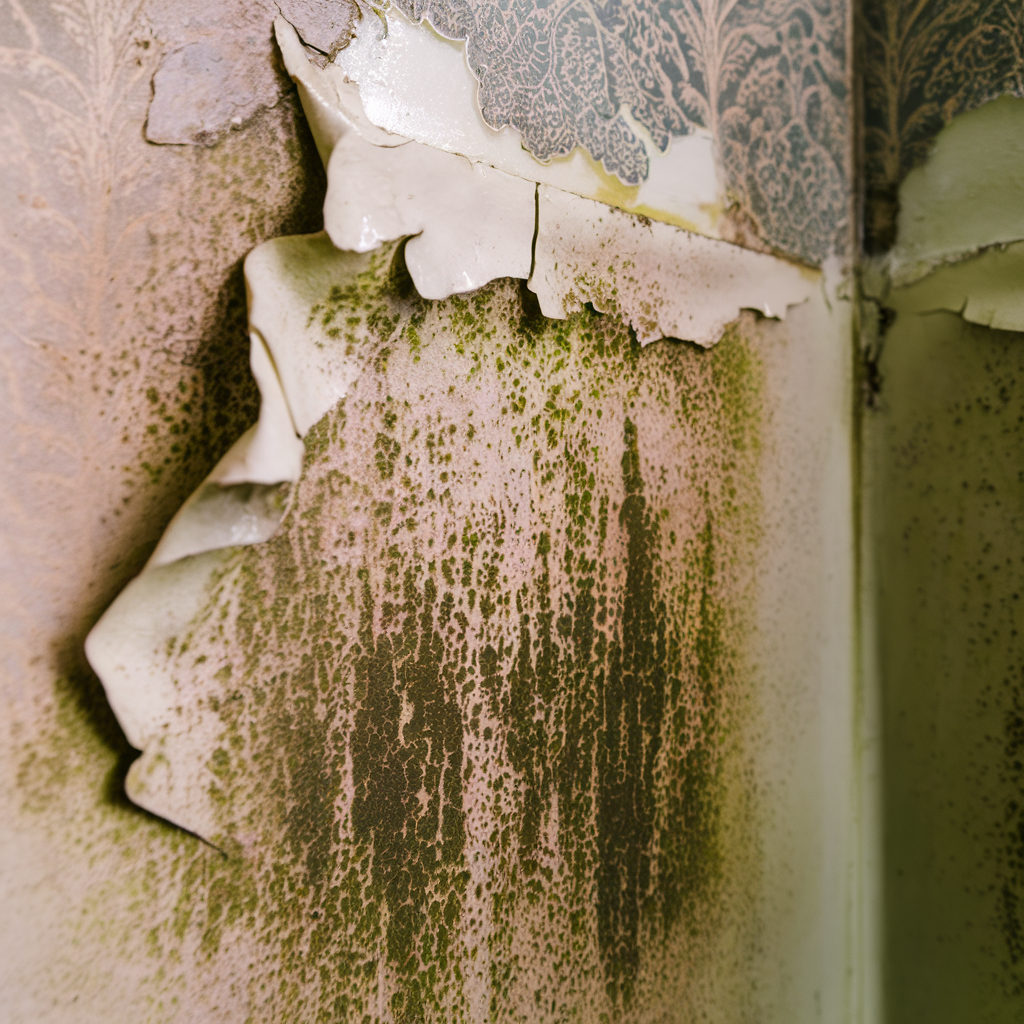 Damp mould in rental properties isn’t just an annoying issue; it’s a hidden financial drain. Left unchecked, mold and mildew property damage grows from small splotches on walls to a big problem that affects rental income and overall asset growth.
Damp mould in rental properties isn’t just an annoying issue; it’s a hidden financial drain. Left unchecked, mold and mildew property damage grows from small splotches on walls to a big problem that affects rental income and overall asset growth.
When damp issues persist, they create significant water damage property devaluation. Prospective buyers and tenants see these as red flags. As unresolved problems, damp can swiftly shave thousands off your property’s value, affecting long-term capital gains.
In the UK, where over 26% of landlords face damp issues, this is a widespread concern. The costs show up not only in urgent repair bills but also in terms of tenant retention. Properties with active damp issues are less appealing, leading to higher turnover rates and vacant periods.
Addressing building moisture problems value involves significant investment. But proactive measures ensure a return much greater than repair costs alone. Citywide Maintenance Solutions employs advanced technology like moisture mapping to identify and resolve issues early on. Our damp proofing return on investment strategies prevent future problems and protect your asset’s value.
Moreover, effective mold remediation cost impact strengthens property appraisal outcomes. Buyers will pay more for a home free from signs of damp reducing property value. As landlords, taking swift action is essential to ensure tenant satisfaction and maintain compliance.
The impact of damp and mould extends beyond immediate concerns. It’s crucial for landlords to act decisively in offering preventing mold property damage solutions. Doing so not only reinforces your property’s structural integrity but also enhances its marketability. This proactive approach helps prepare property owners for further legal and tenant-related challenges ahead.
Tenant Turnover and Legal Risks: When Damp Becomes a Liability
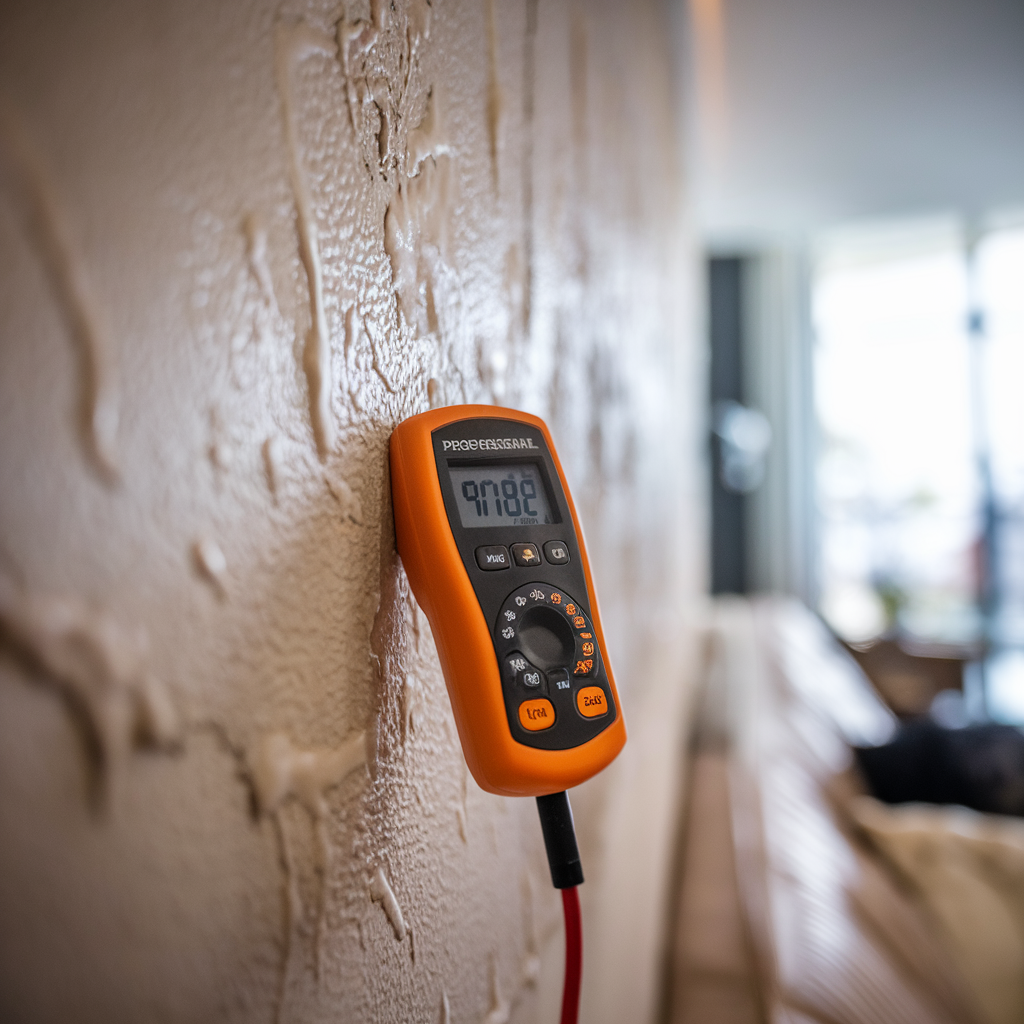 Damp mould isn’t just a property flaw—it’s a risk that exposes landlords to costly legal and operational setbacks. When left untreated, it can breach compliance with the Homes (Fitness for Human Habitation) Act 2018 and make a property legally uninhabitable. This leads to more than inconvenience—it opens the door to penalties, tenant compensation claims, and even prosecution under housing law.
Damp mould isn’t just a property flaw—it’s a risk that exposes landlords to costly legal and operational setbacks. When left untreated, it can breach compliance with the Homes (Fitness for Human Habitation) Act 2018 and make a property legally uninhabitable. This leads to more than inconvenience—it opens the door to penalties, tenant compensation claims, and even prosecution under housing law.
New legislation, such as Awaab’s Law (effective from October 2025), will make these risks even sharper. Social landlords must fix reported damp and mold health risks swiftly or face legal consequences. Though private landlords aren’t yet covered, similar reforms are likely. Waiting until enforcement becomes mandatory could leave you reacting under pressure instead of planning with control.
Aside from fines and legal threats, damp mould directly influences tenant turnover. Properties affected by building moisture problems value offer poor living conditions, driving renters to leave prematurely. This results in higher vacancy rates, increased re-letting costs, and potential rent reductions to fill rooms. In a competitive market, tenants value healthy, safe homes—and they have rights to demand them.
Common tenant warning signs include:
- Recurrent mould despite cleaning
- Persistent coughing or damp-induced allergies
- Flaking paint and rust stains near skirting boards
Landlords must act early to protect profits and avoid legal pitfalls. Citywide Maintenance Solutions responds quickly to tenant reports and supports landlords with expert assessments. We ensure full compliance with housing standards while targeting hidden costs of damp like early lease terminations and reputational damage.
This proactive approach is essential before moving into diagnostics like damp surveys and professional moisture mapping, which provide a clearer foundation for cost-effective repairs and prevention.
Damp Surveys, Moisture Mapping, and Repair Costs: What Landlords Need to Know
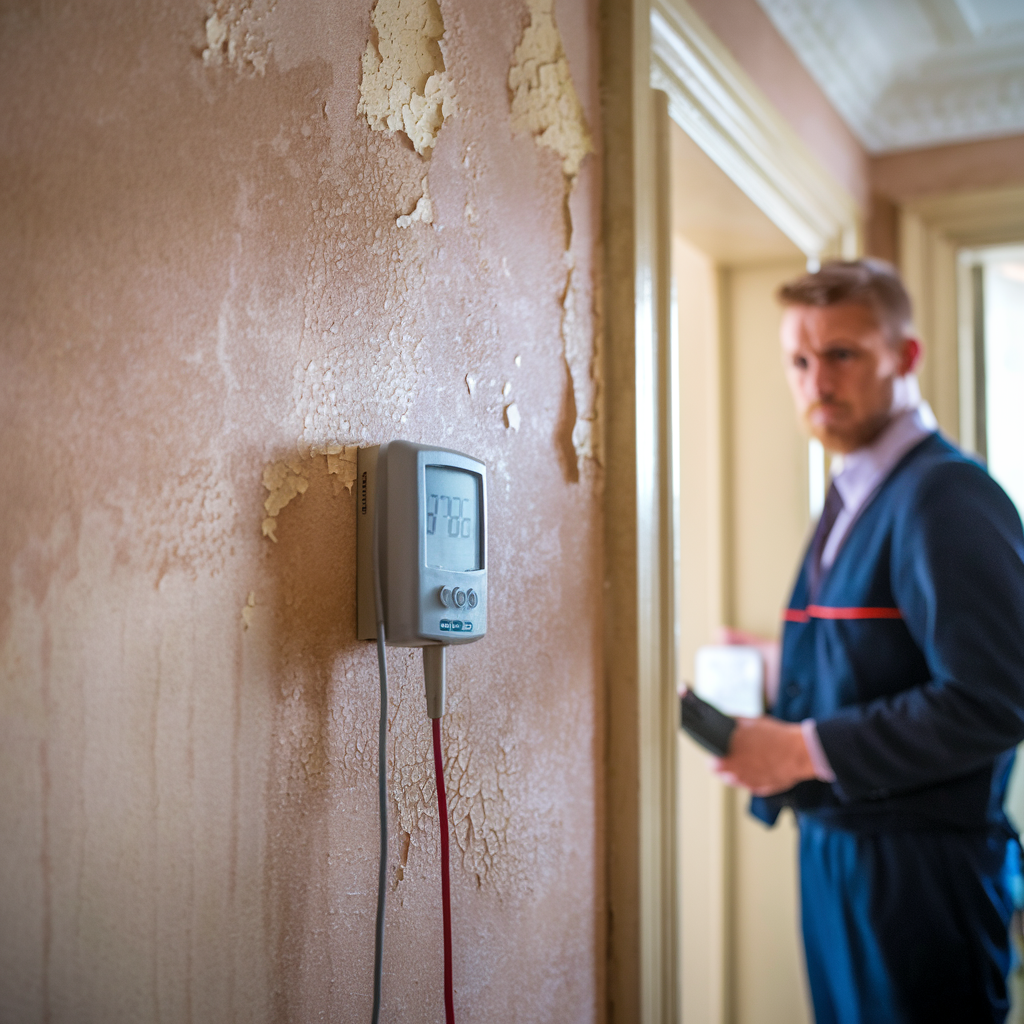 Understanding the cost and cause of damp mould begins with a proper diagnosis. A basic visual check won’t reveal the full extent. Moisture can travel through hidden cavities, beneath floorboards, or behind plaster. That’s why a detailed damp survey property purchase or rental inspection is essential.
Understanding the cost and cause of damp mould begins with a proper diagnosis. A basic visual check won’t reveal the full extent. Moisture can travel through hidden cavities, beneath floorboards, or behind plaster. That’s why a detailed damp survey property purchase or rental inspection is essential.
These surveys identify the source—whether it’s rising damp, poor ventilation, or a failed damp-proof course. At Citywide Maintenance Solutions, we use moisture mapping technology to detect unseen water ingress and building moisture problems value. This precision helps avoid guesswork and wasted spend.
Once the issue is pinpointed, we create a targeted repair plan that protects the property structure and value. Repairing water damage property devaluation typically ranges from £2,000 to £6,000. While this may seem steep, it’s small compared to the thousands a landlord might lose due to property devaluation moisture problems.
Failing to act also means ongoing costs:
- Higher tenant turnover and rent loss
- Reduced appraisal from impact of mold on home appraisal
- Legal complaints tied to tenant rights damp living conditions
Investing in expert remediation not only solves the source. It supports asset protection, legal compliance, and tenant retention. The right treatment—like installing ventilation systems or sealing compromised walls—can stop the cycle for good. Our team delivers these services quickly, with minimal disruption, to reduce downtime and tenant discomfort.
Smart landlords don’t wait for damage to escalate. They take action that aligns with long-term value. This mindset leads directly into an even bigger question—how can damp proofing become a reliable way to grow property worth while attracting high-quality tenants?
From Risk to ROI: How Damp Proofing Preserves Capital and Attracts Tenants
 For landlords, failing to address damp mould risks more than just complaints—it chips away at long-term capital growth. When moisture seeps into walls or ceilings, it doesn’t just affect aesthetics; it begins to silently erode the very value of the asset.
For landlords, failing to address damp mould risks more than just complaints—it chips away at long-term capital growth. When moisture seeps into walls or ceilings, it doesn’t just affect aesthetics; it begins to silently erode the very value of the asset.
Properties with recurring building moisture problems value are flagged by surveyors and discounted by buyers. Even moderate damp can lead to property devaluation moisture problems, often reducing market value by up to 10%. In severe cases, where structural damage is evident, owners may lose as much as 50% of their property’s worth.
Beyond structural loss, there’s a growing operational cost. Tenants are more informed and less tolerant of health risks. Damp mold health risks can trigger respiratory problems, allergies, and even asthma—particularly in children and vulnerable adults. This reduces tenant satisfaction and increases turnover, with renters avoiding homes carrying visible signs of damp reducing property value.
Proactively installing effective damp proofing systems offers a tangible return. Not only does it eliminate the source of damage, but it also improves energy efficiency and indoor air quality—key factors tenants consider when choosing long-term rentals.
Citywide Maintenance Solutions protects landlords from the hidden costs of damp and mould property value loss. Our team uses detailed moisture mapping to isolate risks early, avoiding costly surprises. Once identified, we apply certified solutions tailored to each property—from cavity wall insulation to ventilation upgrades—ensuring the investment delivers lasting benefit.
The cost of preventing mold property damage is far outweighed by its long-term rewards. With legislation tightening and buyer expectations rising, proven damp protection isn’t just maintenance—it’s capital preservation and tenant attraction rolled into one.
Safeguarding Long-Term Gains: A Landlord’s Guide to Preventing damp mould Damage
Unchecked damp and mould property value issues pose long-term risks for landlords beyond repair bills. Moisture can undermine tenant retention, legal standing, and future resale value. But with clear action and the right support, these risks are entirely preventable.
Detecting and addressing building moisture problems value early stops damage before it compounds. Citywide Maintenance Solutions uses advanced moisture mapping and targeted prevention strategies designed specifically for rental properties. This helps landlords avoid structural decay, health complaints, and appraisal setbacks caused by property devaluation moisture problems.
Effective prevention starts with understanding known triggers:
- Lack of ventilation or insulation
- Roof leaks, damaged render, or rising damp
- Overlooked maintenance in high-moisture areas
Once identified, our team applies tailored fixes—such as installing damp-proof membranes, improving airflow, or sealing vulnerable points. These solutions offer a proven return on investment by preventing mold property damage and protecting long-term capital growth.
Beyond the physical property, maintaining a dry, healthy home supports compliance with evolving laws like Awaab’s Law, which sets stricter repair timeframes. Proactive care also aligns with landlord obligations under the Homes (Fitness for Human Habitation) Act—preventing conflict over tenant rights damp living conditions.
Investing in prevention today avoids future legal costs, protects tenant relationships, and preserves your asset’s market potential. Damp proofing isn’t just about repairing what’s visible; it’s a smart strategy for increasing property value and maximising future returns.
When you partner with specialists who understand the cost of damp and mould property value exposure, you reinforce your role—not just as a landlord, but as a long-term investor safeguarding what matters most.

